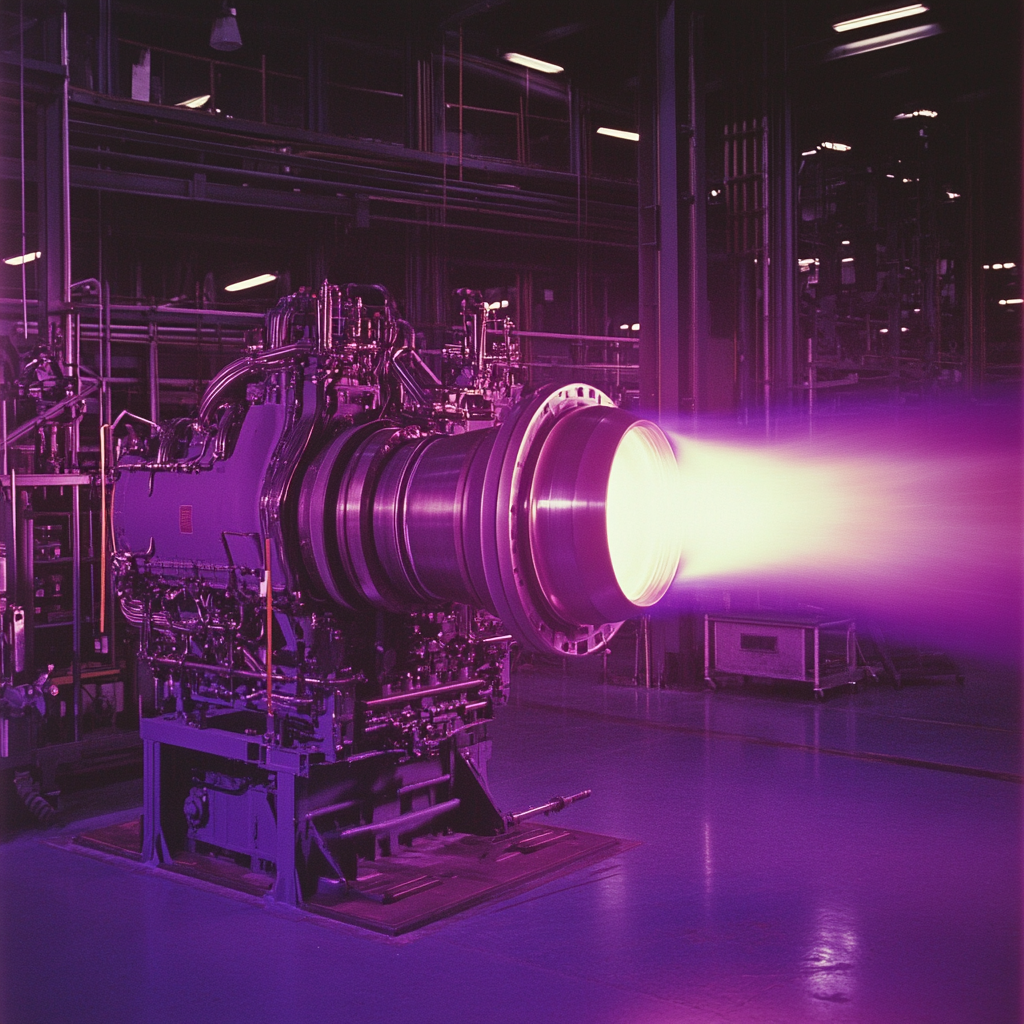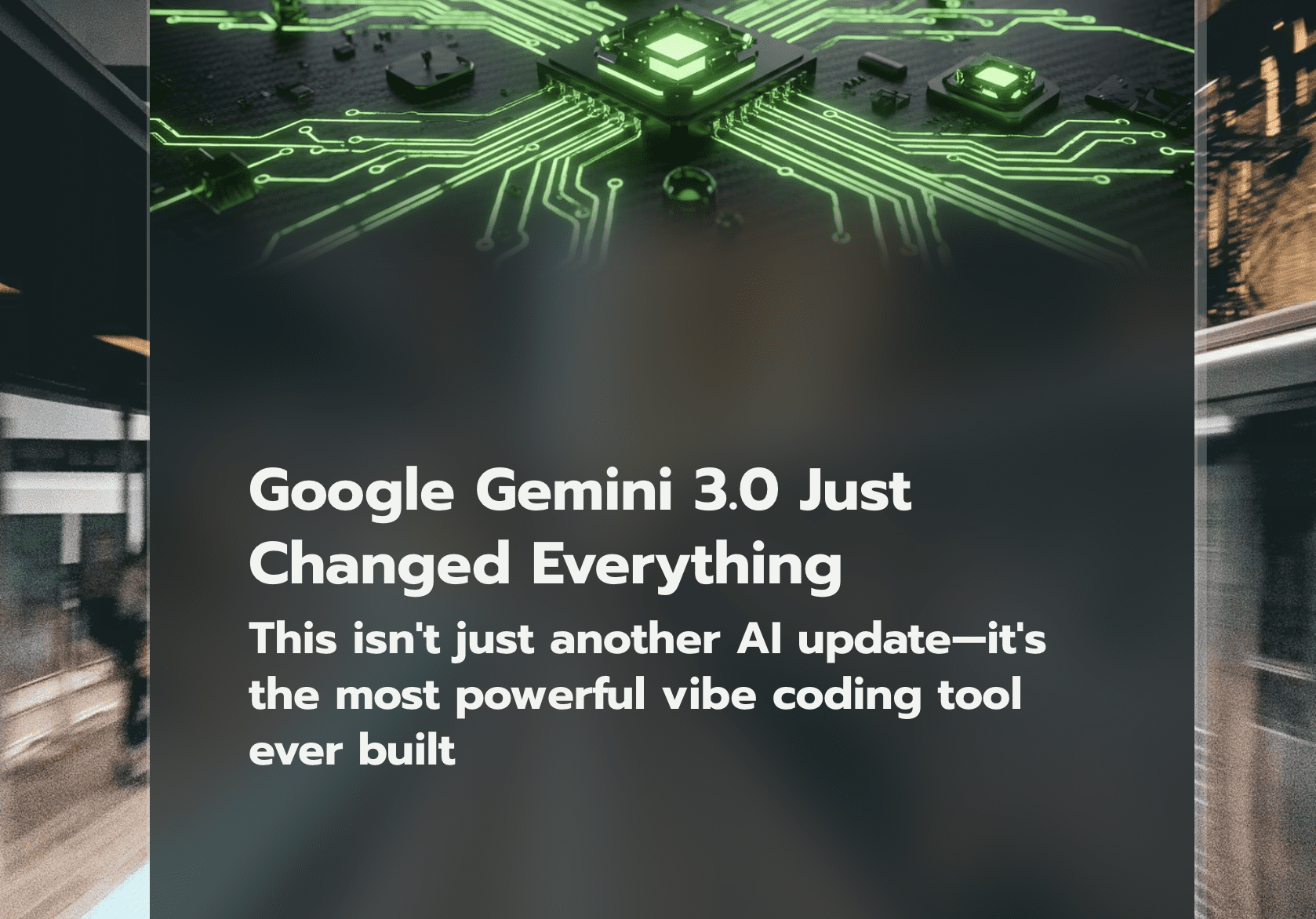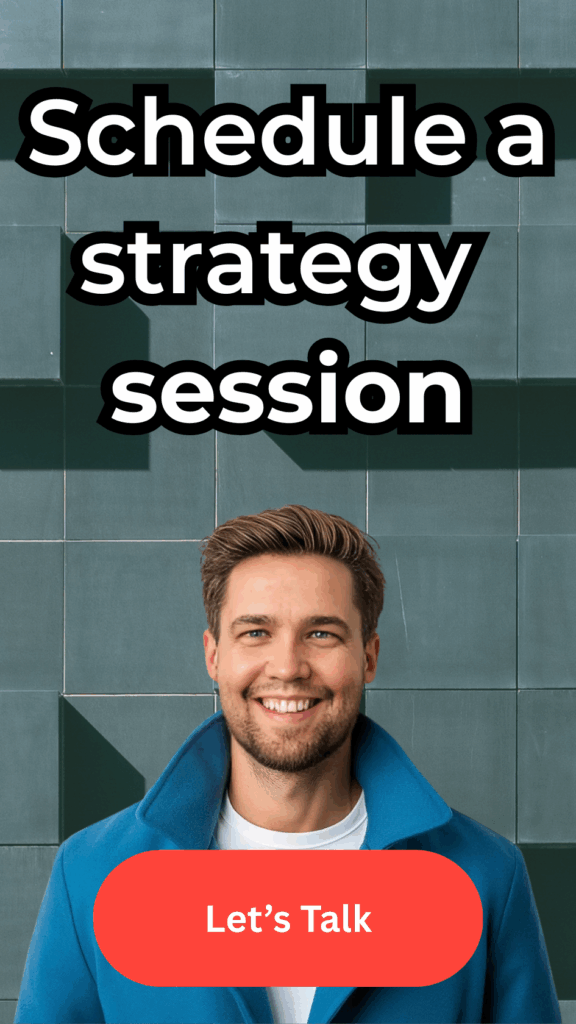How to Build a Comprehensive Demand Generation Engine
TL;DR:
Comprehensive demand generation isn’t about filling the funnel — it’s about keeping it flowing. The modern marketing engine extends beyond awareness and MQLs, embracing retention, expansion, and advocacy as core growth drivers. To achieve this, brands must blend educational content, nurture systems, and customer storytelling into a single, continuous ecosystem.
Why Most Companies Get Stuck in the Middle of the Funnel
Here’s what matters most: demand generation today is not a linear pipeline — it’s a loop of engagement, education, and evolution. Yet many organizations still treat it as a straight line from “lead captured” to “deal closed.”
In the YouTube session From Leads to Advocates, the presenter outlines a pattern seen across countless B2B firms: they generate leads but struggle to move them through the funnel because their content strategy is misaligned. Most “top-of-funnel” material is actually collateral — self-focused product messaging — rather than true educational content.
The distinction is crucial:
- Collateral says, “Here’s what we do.”
- Content says, “Here’s how you can solve a problem.”
This subtle shift mirrors what Ogilvy’s Adaptive GTM framework calls the move from short-game campaigns to long-game systems. The best-performing B2B brands aren’t just launching campaigns; they’re engineering adaptive marketing programs that evolve with audience behavior.
So what happens when marketers focus only on the middle — introducing their product too early or too often? Conversion rates flatten. Prospects tune out. And the funnel clogs at the awareness stage.
The fix: begin with value-first education. Host webinars that address industry-wide pain points. Publish thought leadership from your engineers, strategists, or analysts. As Geeky Tech’s B2B Inbound Guide explains, “awareness content should educate before it sells” — letting trust, not urgency, pull buyers down the funnel.
In other words, stop filling the funnel; start fueling it.
Building the Full-Funnel System: From Awareness to Advocacy
Think of comprehensive demand generation as a five-layer marketing architecture:
- Awareness — Educational content that expands your reach
- Engagement — Nurture sequences and middle-funnel content that introduce solutions
- Conversion — Case studies, demos, and use cases that help decision-making
- Retention — Post-purchase marketing designed to extend customer lifetime value
- Advocacy — Turning success stories into social proof and brand evangelism
The video outlines this beautifully: after the initial purchase, the real demand engine begins.
Marketing’s role doesn’t end when the lead becomes an SQL — it shifts toward retention and expansion.
This is consistent with findings from Marketo’s Marketing 2025 Report, which predicts that customer lifetime value (CLV) and marketing-sourced revenue will overtake lead generation as primary KPIs. In other words, marketers are finally being measured not just on leads but on lasting impact.
Let’s break this architecture down:
- Top of the Funnel (TOFU):
Create value-first content — thought leadership blogs, industry podcasts, and webinars. Zero product talk. The goal is curiosity, not conversion. - Middle of the Funnel (MOFU):
Introduce your product subtly. Align educational topics with your solution narrative. For instance, if a webinar educates on “Data Security Trends 2025,” follow up with an email showing how your platform aligns with those best practices. - Bottom of the Funnel (BOFU):
Support sales with high-value assets — ROI calculators, use-case videos, and customer testimonials. Don’t hand off the buyer and disappear; stay integrated with sales to influence the final decision. - Retention & Expansion:
Create content for existing customers — feature updates, user success stories, and product tips. According to LinkedIn’s 2024 B2B Benchmark Report, 68% of B2B marketers now invest in always-on customer engagement to drive retention and cross-sell opportunities. - Advocacy:
Showcase your customers’ wins. Encourage co-branded webinars, testimonial videos, and shared success posts. Advocacy content acts as top-funnel fuel — creating an infinite loop where success stories attract new leads who trust the proof.
The essence of full-funnel demand generation? Continuity. Every stage feeds the next, creating a self-reinforcing growth cycle.
The New Blueprint: Data, Alignment, and Emotional Resonance
If your marketing system isn’t integrated — your funnel leaks.
Comprehensive demand generation requires three elements working in sync: data, alignment, and emotional storytelling.
1. Data Integration
Map your conversion paths using a reverse waterfall model — tracing each channel’s performance from lead to revenue. Identify drop-off points and optimize them with analytics automation. As the speaker notes, “when you know the math behind every channel, you know where to focus.”
This aligns with SEO in 2025’s principle of atomic answer architecture — structuring data so AI systems (and humans) can clearly understand intent and outcomes.
2. Sales-Marketing Alignment
Modern demand generation thrives when marketing continues to support the bottom of the funnel — not abandon it. Marketing teams should co-create sales enablement content, run post-demo nurture streams, and maintain visibility through the decision stage.
According to LinkedIn’s 2024 study, cross-functional collaboration is now a top skill for CMOs, with communication ranking second only to data analytics in importance.
3. Emotional Resonance
Great demand engines are powered by empathy. Educational content builds trust, but advocacy content builds emotion — it’s the human proof that your solution delivers transformation.
As customers become advocates, they create what Ogilvy calls “movements” — the ultimate signal of adaptive growth.
And here’s the future-ready insight: AI tools will amplify this advocacy loop. By embedding structured data and schema markup into advocacy stories (as detailed in Schema Markup Best Practices for B2B Agencies), those stories can surface directly in AI-generated answers — turning customer voices into your brand’s most scalable marketing asset.
Quick Takeaways
- Educate before you sell. The top of the funnel should be 95% value, 5% product.
- Nurture with intent. Each engagement should logically connect to the next.
- Retain and expand. Marketing doesn’t stop at conversion; it compounds post-sale.
- Activate advocates. Turn customer success into public proof that fuels new demand.
A true comprehensive demand generation system doesn’t stop at pipeline — it builds community. It transforms every customer into a messenger, every webinar into a magnet, and every success story into momentum.
The future of marketing isn’t about generating leads.
It’s about engineering advocacy.








